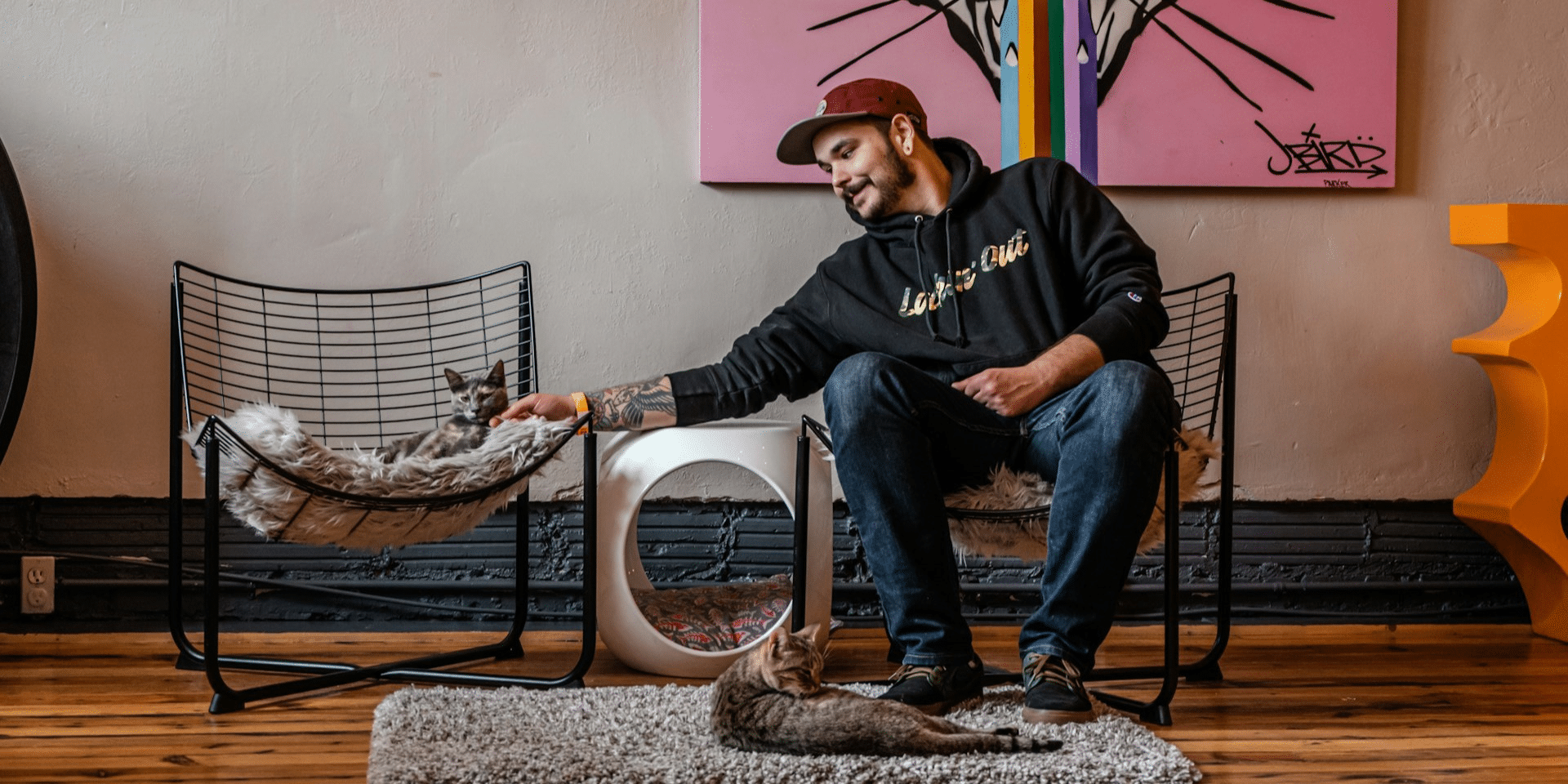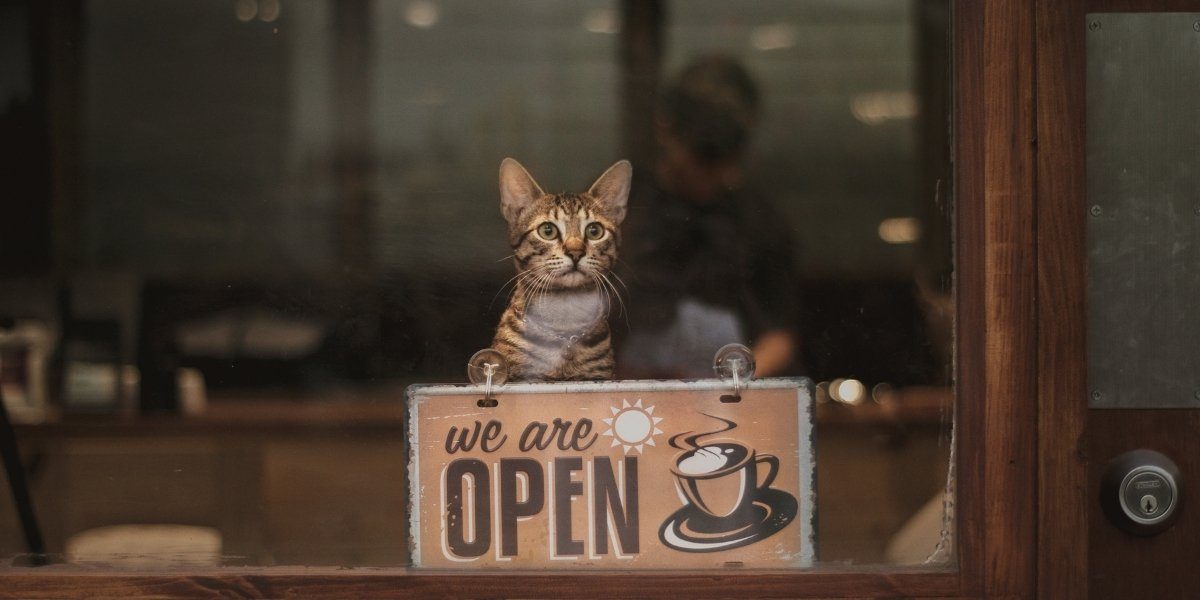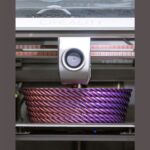Cat cafes in New York City aren’t just about sipping coffee, they’re about sharing space with adoptable cats in thoughtfully designed environments. These cafés offer a quiet escape from the city’s pace, inviting guests to unwind in the company of furry companions. While the concept may sound whimsical, it’s grounded in a growing demand for spaces that feel personal, comforting, and socially meaningful.
The idea of combining coffee culture with animal companionship isn’t new globally, but in NYC, it’s taken on a distinct identity. These cafés often feature curated menus, soft lighting, and cozy seating that encourages lingering. Visitors aren’t rushed out the door, they’re encouraged to settle in, interact with the cats, and treat the space like a second living room. It’s a shift from the grab-and-go model that dominates many city cafés.
Why Cat Cafes Are Gaining Ground
In a city where café culture constantly shifts, cat cafes stand out by offering more than just drinks and pastries. They provide a hybrid experience that blends hospitality with animal welfare. Visitors can enjoy a latte while lounging beside a sleeping tabby or engage with playful kittens in designated catteries. For many, it’s a way to decompress, especially in neighborhoods where traditional cafés feel transactional or overcrowded.
The appeal isn’t limited to cat lovers. These spaces often feature minimalist interiors, curated menus, and flexible seating, elements that align with broader trends in New York’s café scene. Some locations even host yoga sessions, movie nights, or quiet work hours, making them versatile hubs for both leisure and productivity.
In areas like the Lower East Side and Williamsburg, cat cafés have become part of the local rhythm. They attract a mix of remote workers, students, and tourists looking for something more intimate than a chain coffee shop. The cats aren’t just decoration, they’re part of the atmosphere, shaping how people interact with the space and each other.
The Role of Adoption and Community
Most cat cafés in NYC partner with local rescue organizations, turning their spaces into informal adoption centers. Guests can interact with cats in low-pressure settings, which helps both the animals and potential adopters feel more at ease. This model supports animal welfare while giving cafés a deeper sense of purpose.
It’s not uncommon for regulars to form bonds with specific cats, returning weekly to check in or bring friends. That kind of emotional connection is rare in standard coffee shops, and it’s part of what makes these cafés feel like community anchors.
Some cafés even keep a wall of photos showing cats who’ve been adopted through their space. It’s a quiet reminder that these places aren’t just about ambiance, they’re actively helping animals find homes. Staff members often know the cats’ personalities well and can guide visitors toward potential matches, making the adoption process feel more personal and less transactional.
Challenges Behind the Charm
Opening any café in New York comes with hurdles, high rent, zoning restrictions, and fierce competition. Cat cafés face additional layers of complexity, from health regulations to animal care logistics. Balancing the needs of both customers and cats requires thoughtful design and daily coordination.
Some entrepreneurs have struggled with the dilemma of opening cafés in New York, especially when trying to meet both hospitality and regulatory standards. Finding a location that allows animals, securing permits, and designing a space that’s safe for both cats and humans can be a logistical maze. There’s also the challenge of staffing, employees need to understand customer service, food safety, and feline behavior.
One café in Queens had to delay its opening by several months due to ventilation issues and zoning conflicts. Another in Manhattan had to redesign its layout after realizing that noise from the espresso machine was stressing out the cats. These aren’t problems most café owners face, but they’re part of the reality for anyone entering this niche.
Blending Work, Wellness, and Whiskers
As more people seek out cafés that double as workspaces, cat cafés offer a unique alternative. They’re quieter than traditional coffee shops, often with limited capacity and reservation systems that prevent overcrowding. For remote workers or creatives, this can be a welcome change, especially when paired with strong Wi-Fi and a calming atmosphere.

Some locations have taken cues from NYC coffee shops that double as workspaces for creatives, offering flexible seating and quiet zones that support both productivity and relaxation. The presence of cats adds a layer of emotional support that’s hard to replicate. Whether it’s a sleepy Maine Coon curled up beside a laptop or a curious kitten peeking over a sketchpad, these moments create a sense of warmth that’s missing from more sterile environments.
There’s also a wellness angle. Spending time with animals has been shown to reduce stress and improve mood. In a city where burnout is common, even a short visit to a cat café can offer a reset. Some cafés have started offering mental health workshops or guided meditation sessions, integrating wellness into their programming in subtle but meaningful ways.
Designing for Both Species
Creating a space that works for both cats and humans isn’t easy. Cats need vertical space, quiet corners, and places to retreat. Humans need seating, lighting, and access to food and drink. The best cat cafés manage to balance these needs without compromising either experience.
One Brooklyn café installed custom-built catwalks along the ceiling, allowing cats to roam freely without interfering with guests. Another in Harlem uses glass partitions to separate the café from the cat lounge, giving visitors the option to observe or interact depending on their comfort level. These design choices aren’t just aesthetic, they’re functional, helping maintain harmony in a shared space.
Cleanliness is another major concern. Cat cafés must adhere to strict sanitation standards, often requiring separate HVAC systems and daily deep cleaning routines. Food preparation areas are typically isolated from the cat zones, and staff are trained to manage both hygiene and animal care simultaneously.
A Niche That’s Becoming Normal
What started as a novelty is slowly becoming part of the mainstream café landscape. Cat cafés are no longer seen as quirky outliers, they’re recognized as viable businesses with loyal customer bases. Some have expanded to multiple locations, while others have inspired similar concepts involving dogs, rabbits, or even reptiles.
The success of these cafés reflects a broader shift in how people engage with public spaces. There’s a growing desire for environments that feel personal, emotionally resonant, and socially responsible. Cat cafés meet that need by offering more than just a product, they offer an experience that lingers.
In neighborhoods where traditional cafés struggle to stand out, cat cafés have carved out a niche by offering something memorable. They’re not trying to compete on price or speed, they’re offering a slower, more intentional kind of hospitality.
The Business Behind the Whiskers
Running a cat café isn’t just about ambiance, it’s about sustainability. Most operate on a hybrid model, combining revenue from food and drink with adoption fees, merchandise, and event bookings. Some also receive support from nonprofit partners or community grants.
The financial model can be fragile, especially in high-rent districts. But those who succeed tend to have strong community ties and a clear brand identity. They know their audience, and they build programming that reflects local interests, whether that’s poetry readings, art shows, or quiet coworking hours.
One café in the East Village hosts monthly “meet the cats” nights, where guests can learn about feline behavior and adoption tips. Another in Brooklyn runs a loyalty program that rewards frequent visitors with free drinks and cat-themed merchandise. These efforts help build repeat business and deepen customer relationships.
Why It Resonates in NYC
New York is a city of contrasts, fast-paced yet introspective, crowded yet isolating. Cat cafés tap into a quiet longing for connection, offering a space where people can slow down and feel something real. They’re not trying to be everything to everyone, they’re creating small pockets of calm in a city that rarely stops moving.
For some, the appeal is purely aesthetic. For others, it’s emotional. And for many, it’s practical, a place to work, relax, or even adopt a pet. Whatever the reason, the result is the same: a café experience that feels different, and in many cases, more meaningful.
















